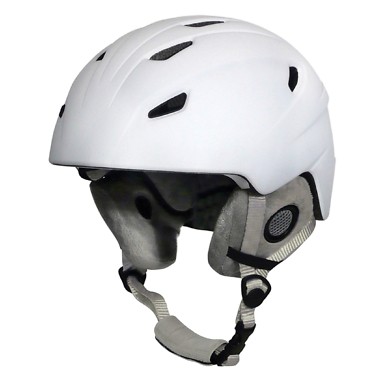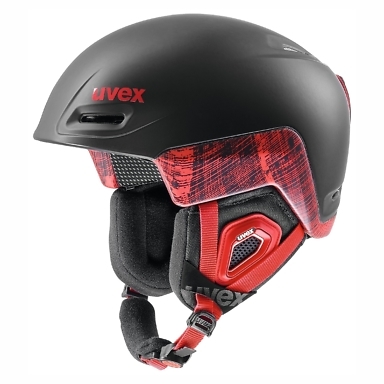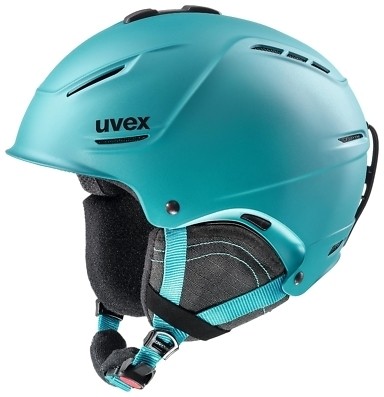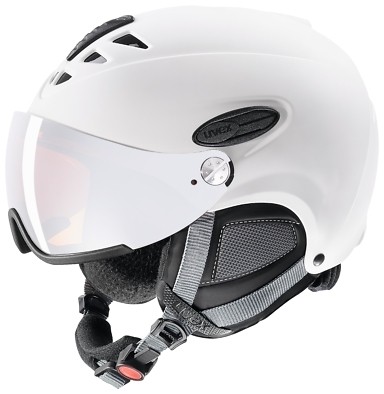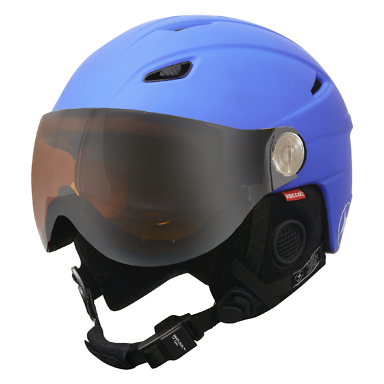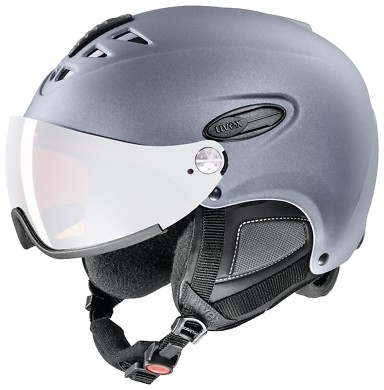Helmets: Visor vs No Visor
Obviously we all now wear a helmet when skiing and snowboarding, and if you don’t it’s about time you did! Not only do they now come in a range of styles and colours becoming a key addition to your slope style, they are also completely necessary for safety and protection on the mountain – especially when you consider the speeds you can reach on the slopes!
In recent years visor helmets have appeared on the skiing scene, becoming increasingly popular for both their practical benefits and stylish look – but how do they compare to your regular helmet and should we be following the trend?
We have considered the benefits and features of both helmets to help you decide which style is right for you…
Non-Visor Helmets
Ski helmet technology has come a long way since the traditional ski helmet to ensure maximum safety and comfort when on the slopes.
With a regular helmet you will always have the flexibility to wear different goggles to cope with varying weather conditions including those flat light days when goggles are a must, or those clear sunny days when you may prefer sunglasses. Most helmets have a goggle clip to keep your goggles in place whilst skiing and to hold them in place when resting on your head. So, even if you decide to wear sunglasses you can keep your goggles safe and accessible if the weather conditions change.
Visor Helmets
Now we’ve discussed the benefits of a regular helmet, it’s time to talk about the visor helmet. You might be thinking, what is a visor helmet?
Visor helmets have become increasingly popular. These helmets offer the same safety standards but look very similar to a motorcycle helmet with a built-in visor which pulls down over your face and flips back up on top of the helmet when not required.
The advantage of this type of helmet is that you always have the visor available without the worry of carrying a pair of goggles with you. Visor helmets are a great option if you are a spectacle wearer as, in most cases, they fit comfortably over your glasses. The visor gives great peripheral vision too which is particularly helpful in low light conditions.
The UVEX visor helmets come with a mirrored visor as standard, but many people aren’t aware that there is the option to purchase additional visors which can be swapped quickly and easily. UVEX have a ‘low light’ visor and a variomatic visor available (call in to our store to discuss this or feel free to contact us for more information).
So Visor or No Visor?
It’s clear when comparing the two types of helmets that both offer excellent safety features, so regardless of the style you choose your head will be well protected.
It is therefore a case of considering which style you prefer visually, and which helmet would be better suited to you.
View the full helmet range online.

